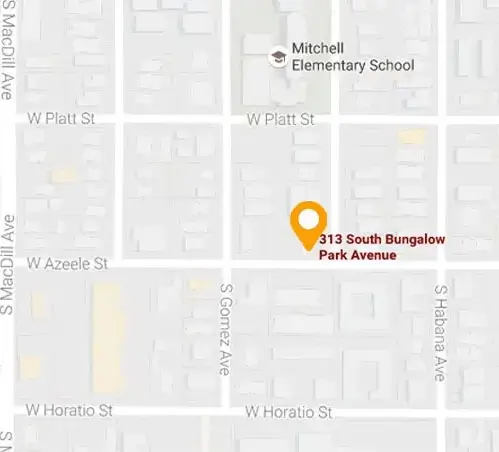Starting the international adoption process can feel like embarking on a long journey. It takes careful planning, patience, and determination. Each step brings you closer to the dream of welcoming a child into your family. Understanding the process and preparing for what lies ahead will make this journey smoother.
Researching Eligibility Requirements
The first step in international adoption is understanding the requirements. Adoption laws vary by country. Each country has its own rules about who can adopt, including age, marital status, and financial stability. For example, some countries require adoptive parents to be a certain age or married for a specific amount of time. Researching these requirements is crucial. It helps you decide which country aligns with your circumstances.
In addition to the requirements of the child’s country, you must meet U.S. requirements. These include being at least 25 years old and a U.S. citizen. You must also complete a home study, which evaluates your readiness to adopt. The home study assesses your living environment, financial situation, and ability to care for a child. It ensures that you can provide a safe and nurturing home.
Choosing the Right Adoption Agency
Finding the right adoption agency is essential. A good agency guides you through the legal and procedural aspects of international adoption. They help match you with a child and ensure you meet all requirements. Look for an agency accredited by the Hague Convention on Intercountry Adoption. This accreditation means the agency follows strict standards and prioritizes the child’s best interests.
Interview several agencies before making a decision. Ask about their experience, fees, and success rates with international adoptions. A reliable agency can make a complicated process more manageable and give you confidence that you are taking the right steps.
Understanding the Hague Convention
The Hague Convention is an international treaty that protects children, birth families, and adoptive families in the adoption process. Countries that follow the Hague Convention have strict rules to prevent child trafficking and ensure ethical practices. If you are adopting from a Hague country, the process includes extra safeguards, such as requiring the adoption agency to be accredited and ensuring that the child is legally available for adoption.
If you choose to adopt from a non-Hague country, the process is slightly different. You will need to work closely with your agency and the U.S. State Department to ensure that the adoption meets all legal requirements. Knowing whether the country you are adopting from is part of the Hague Convention helps you understand what to expect.
Submitting Your Dossier
Once you choose a country and complete your home study, you will prepare a dossier. A dossier is a collection of documents required for the adoption process. It includes your home study report, financial records, medical evaluations, and references. Some countries may also require a letter explaining why you want to adopt. Your agency will guide you in gathering and organizing these documents.
Submitting your dossier to the child’s country is a significant milestone. It marks the official start of the matching process. Once the authorities review your dossier, they will match you with a child. This step can take several months, depending on the country and its adoption process.
Traveling to Meet Your Child
Traveling to meet your child is one of the most emotional parts of the process. Some countries require adoptive parents to visit multiple times before the adoption is finalized. Others allow the adoption to be completed in a single trip. During your visit, you will meet the child, complete legal formalities, and possibly appear in court. This step ensures that you and the child are ready to move forward together.
Finalizing the Adoption
After meeting the child, the finalization process begins. This includes obtaining a visa for the child to enter the U.S. The U.S. Citizenship and Immigration Services (USCIS) reviews your case to ensure all requirements have been met. Once approved, the child receives an IR-3 or IR-4 visa, depending on the specifics of the adoption. The final step is re-adopting the child in your home state. This ensures full legal recognition of the adoption.
A Historical Perspective on Building Families
International adoption has been a way to create families for decades. After World War II, many children were orphaned, leading to an increase in international adoptions. Families opened their homes and hearts to children from war-torn countries, showing that love knows no borders. Today, the process has become more structured and regulated, ensuring that every child finds a safe and loving home.
Take the First Step Toward Building Your Family
Starting the international adoption process is a life-changing decision. Each step brings you closer to welcoming a child into your home. With the right guidance and preparation, you can navigate this journey successfully. Visit Sparkman Law Firm to learn how we can help you every step of the way. Begin your journey toward building your family today.








